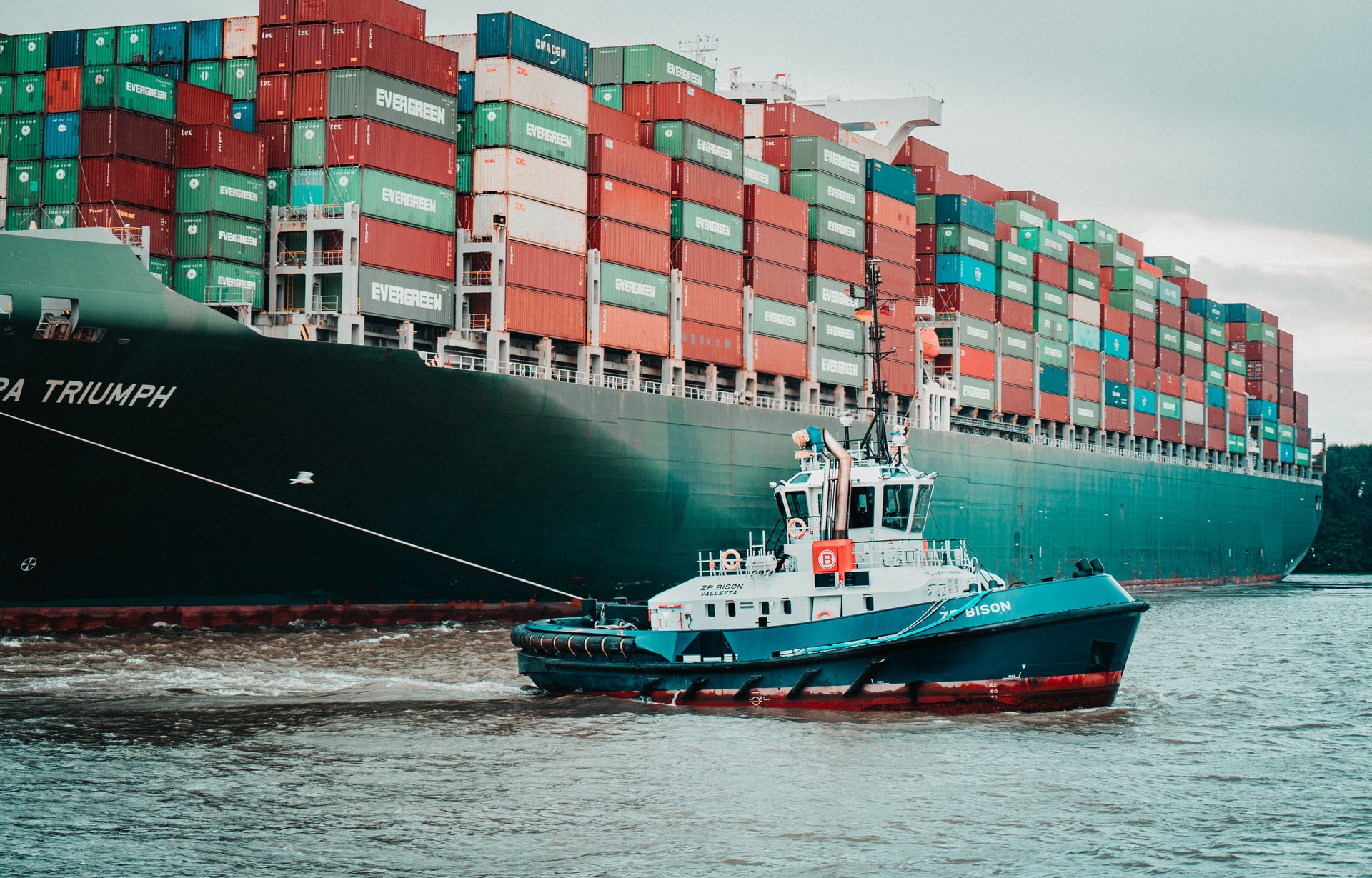Perhaps many years from now, when we look back on the Great Supply Chain Disruption of 2021, hindsight may prepare us better for future disruptions by clearly showing us how certain ripples later turned into a tsunami.
A Reuters article from 2013 outlined weaknesses in certain industries after the 2009 SARS outbreak which was then mostly contained to Asia in a marginally less globally connected world than the one we live in today. In it, Dr. Dennis Carroll, director of U.S. Agency for International Development’s (USAID) programs on new and emerging disease threats, said of the economic fallout from a pandemic, ‘“People don’t go to their jobs, and they don’t go to shopping malls. There can be a huge decrease in consumer demand, and if (a pandemic) continues long enough, it can affect manufacturing” as producers cut output to align supply with lower demand. If schools are closed, healthy workers may have to stay home with their children. People afraid of becoming infected are less likely to go out to stores, restaurants or movies.’” Sounds pretty familiar, but still…no one expected COVID-19 to be as severely damaging to both human lives and businesses as it turned out to be.
We know that society likes to keep moving forward and unfortunately often ignores the lessons of history.
Had we paid better attention to the SARS outbreak in 2009 it may have served as a crystal ball for predicting some of the business fallout. What business leaders have learned from this pandemic will fill many books, and hopefully, businesses will be better able to weather all kinds of disruptions in the global supply chain. In the meantime, here are a few major themes that brilliant minds should start tackling now.
Shifting demands can lead to crisis down the road.
We have seen producers cut output to align supply with lower demand in certain sectors. But no one was expecting demand to increase dramatically in sectors like tech. While the manufacturing world was focusing on meeting these demands, vital resources—otherwise known as semiconductor chips—were redirected from cars, which were not being used or bought, to tech, which was. Now the meditech industry, which according to the Wall Street Journal is worth just 1.1 percent of the overall chip market, is waging a PR war against car and computer manufacturers, reminding the world that pacemakers and ultrasounds need chips to save lives and, as such, meditech should be given top priority for chip access. Perhaps this is hindsight speaking, but how could we not have seen the chip crisis coming? Which then begs the question of why, knowing how vital chips are today, isn’t there a national stockpile of them?
Shortages can be surprising and quickly become crises.
CNN reported that prior to the pandemic, the U.S. had a shortfall of about 30,000 truck drivers. Now that the ecommerce boom has driven an increase in delivery demands, “the trucking industry is short 80,000 drivers, a record high.” The majority—71 percent—of all goods delivered in the U.S. are done by truck, exacerbating the logjam at the ports. The effect of manufacturing delays combined with shortages in both containers and dockworkers becomes a massive problem when compounded by the lack of truckers available to haul the unloaded goods away to warehouses. Retailers stand to lose a lot and are already warning consumers of empty shelves this holiday season. Compounding this is the rise in fuel costs. Isn’t it obvious that we are not yet fully electrified and need to run things via gasoline?
It’s Never Too Early to Try to Solve Port Congestion.
The port congestion in Los Angeles and Long Beach continued to build throughout the pandemic with no meaningful attempt to unblock the problem. The government’s mandate for 24/7 operations will help somewhat but seems to have come too late to solve the problem. CNBC reported that Goldman Sachs believes the port crisis won’t abate until the second half of 2022, noting ‘“Backlogs and elevated shipping costs are likely to persist at least through the middle of next year because no immediate solution for the underlying supply-demand imbalance at U.S. ports is available.”’ How is it possible that this problem hasn’t been fixed once and for all through investments in infrastructure?
These outcomes from the pandemic present a golden opportunity for businesses to develop new ways of working and anticipating these types of events. It’s pretty apparent that the old ways are broken. First, asking consumers is important because we know there is knowledge available in this ecosystem. Tapping into it is critical as opposed to hunkering down in a bunker (corporate HQ) without a life line of data being collected. Introducing new technologies and Voice of the Customer predictive analytics across sectors such as manufacturing, retail, shipping, and design can certainly go a long way toward protecting businesses from global supply chain disruptions in the future. Now is the right time to start. Start by asking and listening.

















